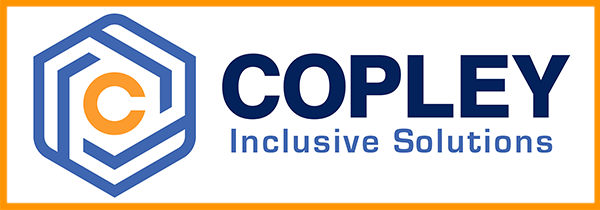Frequently asked questions
These are some of the most frequently asked questions by clients who are embarking on improving the accessibility of their commercial, residential or government infrastructure. If you have any further questions please feel free to contact us and use the email form on our site or email/call us direct via the point of contact information provided.
01
Why would I spend more money to make my building more accessible when it’s already an expensive project?
Actually, incorporating accessibility into a new build, if done correctly, can be as low as a 1% added to the overall budget, or even less.
Find out more on the cost of accessibility
https://www.youtube.com/watch?v=iZdykdlWkB8
02
Is spending the money to create an inclusive environment financially advantageous?
Yes. Incorporating universal design and/or accessibility makes good financial sense.
Learn more about the business case to build physically accessible environments
https://www.rickhansen.com/sites/default/files/2018-08/cboc-final-report-feb2018-accessible-1.pdf
03
What are the advantages to Universal Design?
Universal Designed buildings provide an intuitive environment that promotes safe and easy navigation in the built environment. The benefit of universal design in an airport, for example,
- increases revenues because more people can bring their spending power to the facility
- reduces the likelihood of human rights complaints and litigation
- moves more people more efficiently through a facility, thus increasing revenue as well as reducing traveler and staff stress
- requires less staff assistance for clients who would otherwise need help
04
What are the basic principles of Universal Design?
The original concept of universal design was created by architect and industrial designer, and wheelchair user, Ronald Mace.
In 1997, Ronald led a working group of architects, product designers, engineers, and environmental design researchers, to create the 7 principles of universal design to help guide the design process of environments, products and communications. Here’s a summary of the principles.
- Principle 1: Equitable Use. The design is useful and marketable to people with diverse abilities.
- Principle 2: Flexibility in Use. The design accommodates a wide range of individual preferences and abilities.
- Principle 3: Simple and Intuitive Use. Use of the design is easy to understand, regardless of the user’s experience, knowledge, language skills, or current concentration level.
- Principle 4: Perceptible Information. The design communicates necessary information effectively to the user, regardless of ambient conditions or the user’s sensory abilities.
- Principle 5: Tolerance for Error. The design minimizes hazards and the adverse consequences of accidental or unintended actions.
- Principle 6: Low Physical Effort. The design can be used efficiently and comfortably and with a minimum of fatigue.
- Principle 7: Size and Space for Approach and Use. Appropriate size and space is provided for approach, reach, manipulation, and use regardless of user’s body size, posture, or mobility.
05
What makes the RHFAC program unique? (Rick Hansen FOundation accessibility certification™)
The RHFAC program is unique in three ways:
- It measures the level of meaningful access beyond building code, and is based upon the holistic user experience of people with varying disabilities affecting their mobility, vision, and hearing.
- It trains professionals to conduct ratings and become accredited through a formal exam developed by RHF and facilitated CSA Group; and
- It recognizes an organization’s commitment to accessibility through formal certification as ‘RHF Accessibility Certified’ or ‘RHF Accessibility Certified Gold.’
06
Why should I get my site rated and certified?
There are several good reasons why you should get rated and certified. Getting rated and certified will help you:
- be prepared for Canada’s increasing numbers of people with disabilities and seniors
- get ready for a changing regulatory environment and impending federal accessibility legislation
- allow you to serve more customers and attract more employees
- learn about ways to improve your accessibility; and
- showcase your commitment to accessibility by choosing to purchase a label, plaque or to list your location on the online RHFAC Registry.
- Ratings are risk-free. Only sites that reach a certain certification level are eligible to be certified and be publicly listed.
07
My site already meets code and seems accessible, so why do I need an accessibility assessment?
Existing building codes vary widely by municipality and province, and while many sites have accessible features, they are often mobility-centric and may fall short of the actual needs of people with various disabilities.
08
I don’t have any employees/customers that use wheelchairs, so why would I need to be rated?
When people hear disability, they often think of a person using a wheelchair. However, if you have clients or employees over the age of 55, then you have clients or employees who will likely be dealing with mobility, vision and hearing issues. RHFAC helps to future proof your organization by preparing your building or site to accommodate the one in five Canadians who will have a disability by 2036.
09
I’m a property developer, can I get a new construction project rated?
Yes. You can start the process by submitting your plans and blueprints to an RHFAC Professional. You will receive a provisional approval if appropriate. Once your building is built, you must re-certify your site to receive official certification.
FAQ
